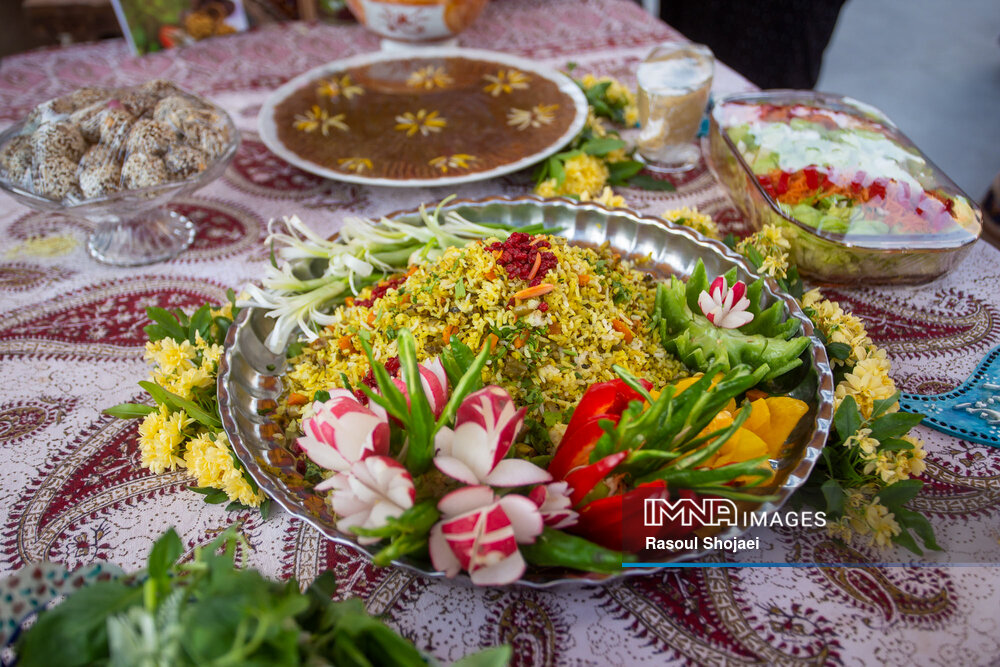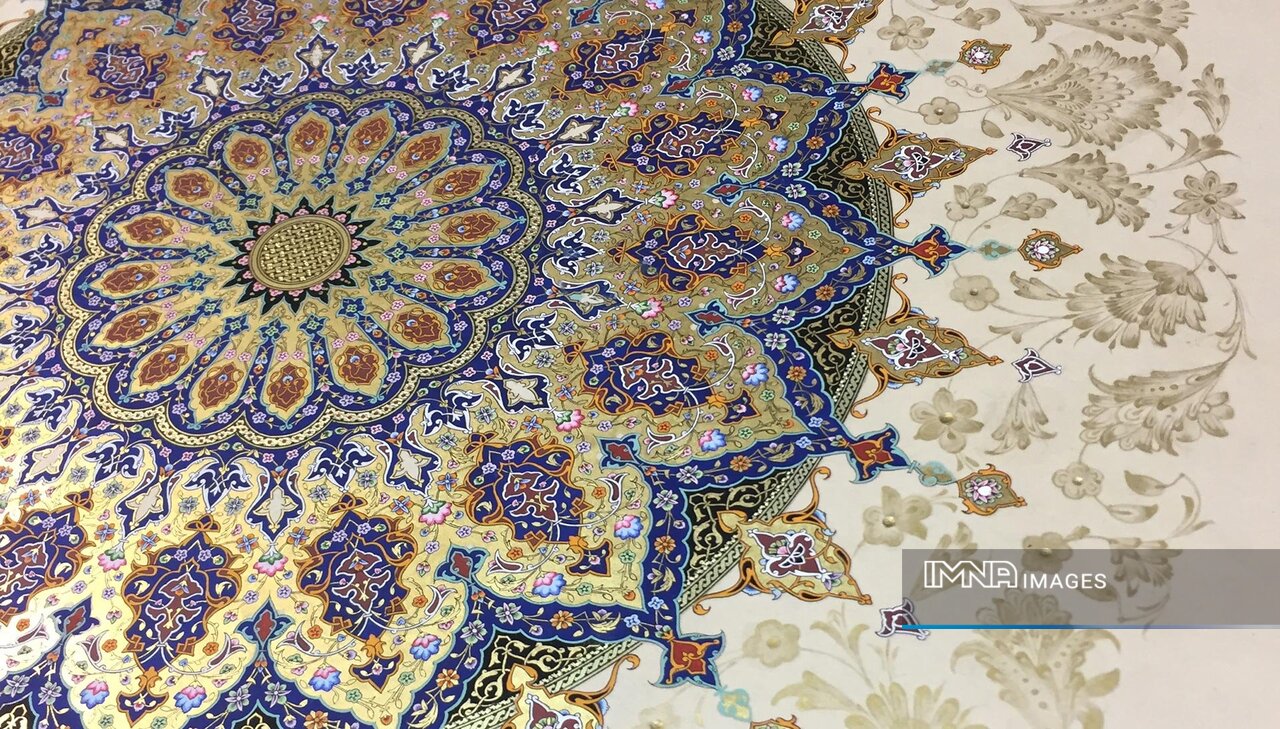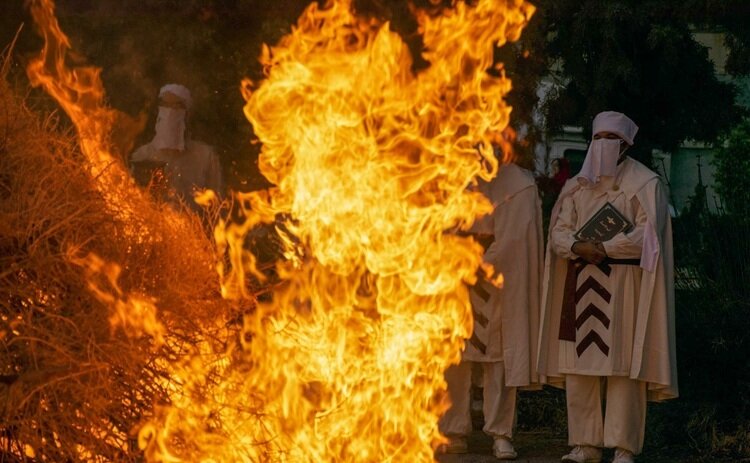Iran (IMNA) - In a statement released on its official X platform (formerly known as Twitter), UNESCO announced that the ritual of Eftari, along with its socio-cultural traditions, has been included in the Intangible Cultural Heritage of Humanity list. This decision was made based on a joint case submitted by Iran, Azerbaijan, Turkey, and Uzbekistan.
Eftari, which is commonly known as Iftar in many Arab Muslim countries, is a sacred ceremony observed at sunset during the holy month of Ramadan. Muslims gather to break their fast and partake in various social and cultural activities. The inclusion of Eftari in UNESCO's list recognizes its deep-rooted cultural significance and its role in fostering unity and understanding among diverse communities.
Ifrar
Iftar is the evening meal that Muslims have during Ramadan, the holy month of fasting. It holds great religious significance as it marks the breaking of the fast at sunset. For believers, Iftar is a time of gratitude, reflection, and spiritual rejuvenation. It is a moment to gather with family and friends, sharing in the blessings of Ramadan.
The act of breaking the fast together fosters a sense of community and solidarity. Muslims believe that through fasting and breaking the fast at Iftar, they attain spiritual purification, self-discipline, and empathy for those less fortunate. Iftar is not just about satisfying hunger; it is a cherished tradition that reinforces devotion and strengthens the bond between individuals and their faith. In this way, Iftar becomes a deeply meaningful experience for Muslims worldwide.
Additionally, UNESCO has also recognized Tazhib, the Iranian art of illumination, as an important intangible heritage. This recognition came after a request by Iran, Tajikistan, Turkey, and Uzbekistan. Tazhib is an intricate art form that involves the delicate embellishment of manuscripts, book covers, and other surfaces with exquisite patterns and designs. The inscription of Tazhib on UNESCO's list highlights its exceptional craftsmanship and the cultural legacy it represents.

Tazhib
Tazhib, also known as Iranian art of illumination, is a captivating artistic tradition that has flourished in Iran for centuries. This exquisite form of decorative painting involves the intricate embellishment of manuscripts, calligraphy, and other surfaces with gold, colorful pigments, and delicate designs.
The art of Tazhib encompasses a wide range of motifs and patterns, including floral elements, geometric shapes, and arabesque designs. Skilled artists meticulously apply thin layers of gold or silver leaf, creating a stunning contrast against vibrant hues. The use of natural dyes derived from plants and minerals adds depth and richness to the artwork.
Tazhib is deeply rooted in Persian culture and has been intertwined with Islamic art throughout history. It serves as a means to beautify and enhance the written word, transforming it into a visual masterpiece. The intricacy and precision required in Tazhib reflect the patience and dedication of the artists who devote countless hours to perfecting their craft.
This ancient art form holds great significance in Iranian society. It not only showcases the mastery of skilled artisans but also preserves cultural heritage and fosters a sense of national identity. Tazhib can be found adorning various objects, such as Quranic manuscripts, poetry books, and even architectural elements in mosques and palaces.
Today, Tazhib continues to thrive as a revered art form in Iran. It has evolved to incorporate modern influences while staying true to its traditional roots. The beauty and elegance of Tazhib capture the essence of Iranian artistry, serving as a testament to the rich cultural tapestry of the region.
To explore the world of Tazhib is to delve into the intricate details and mesmerizing beauty of Iranian illumination. It is an art form that demands admiration and appreciation for its timeless allure.
Furthermore, the United Nations cultural agency has acknowledged the Sadeh celebration as a globally significant intangible heritage. Iran and Tajikistan jointly submitted a compelling case that shed light on this remarkable cultural phenomenon.

Sadeh festival
Originating from the Achaemenid Empire, the Sadeh festival holds great importance for the Zoroastrian community in Iran and several other countries. Celebrated in the heart of winter, this festival pays homage to fire while symbolically triumphing over the forces of darkness and cold.
During Sadeh, people gather around bonfires to symbolize the defeat of darkness and the triumph of light. They sing and dance while throwing handfuls of sugar-coated almonds into the fire as offerings. The flames are believed to purify the air and ward off evil spirits.
Sadeh is also a time for family and friends to come together. People dress in traditional clothing, share meals, exchange gifts, and engage in acts of charity. It is a joyous occasion that fosters a sense of community and unity.
The festival has deep historical and cultural significance, dating back thousands of years. It highlights the ancient traditions and beliefs of the Iranian people, showcasing their reverence for nature, the changing seasons, and the eternal cycle of life.
Sadeh festival is a cherished part of Iran's cultural heritage, a time when Iranians celebrate their rich history and embrace the hope and renewal that spring brings.

These prestigious accolades were bestowed upon Tazhib and the Sadeh celebration during UNESCO's 18th session of the Intergovernmental Committee for the Safeguarding of the Intangible Cultural Heritage. The event, taking place from December 4th to 9th, is being held at the Cresta Mowana Resort in Kasane, Republic of Botswana.
With these recent additions, UNESCO reaffirms its commitment to preserving and promoting the diverse cultural heritage of nations worldwide. The inclusion of both Eftari and Tazhib serves as a testament to the richness and significance of Iranian traditions in the global cultural landscape.


Your Comment